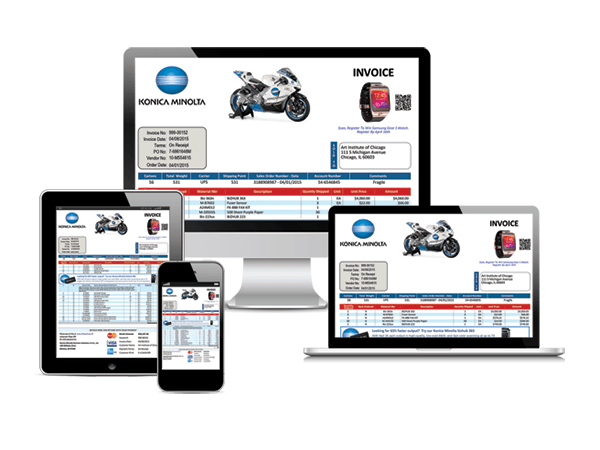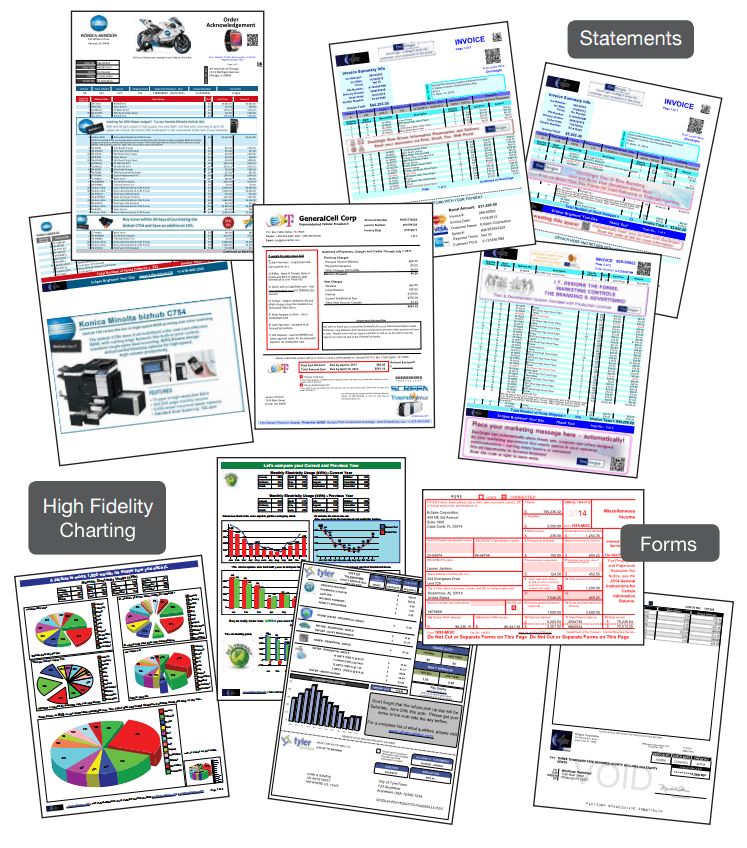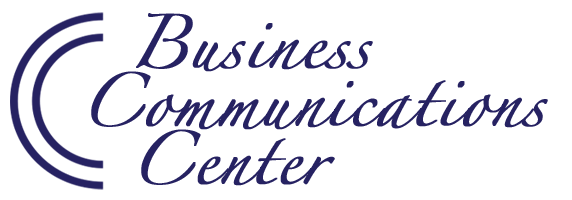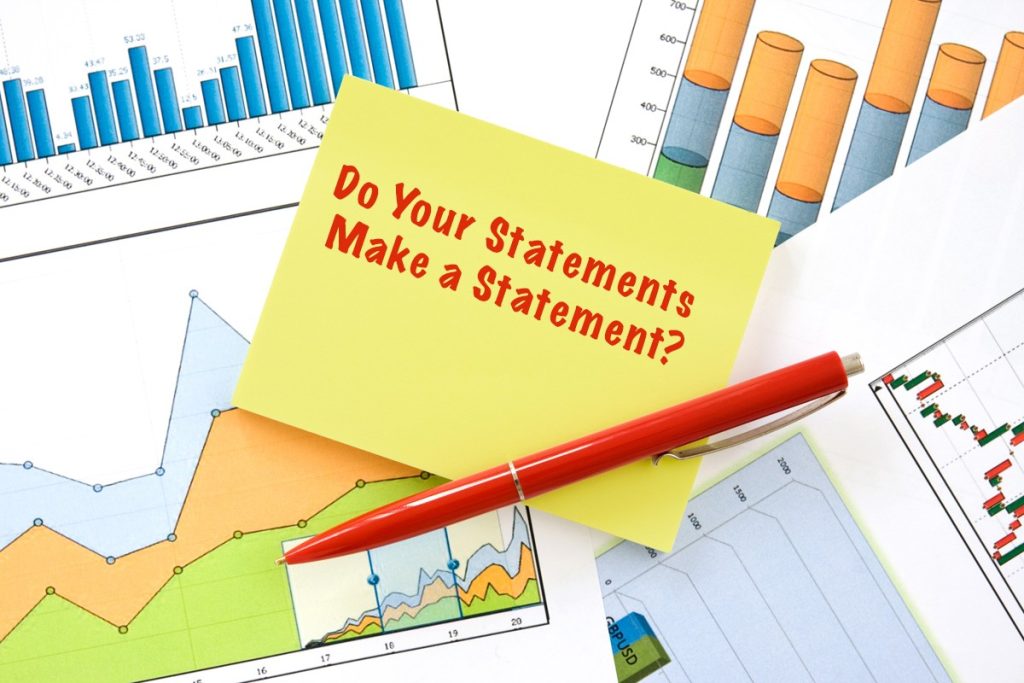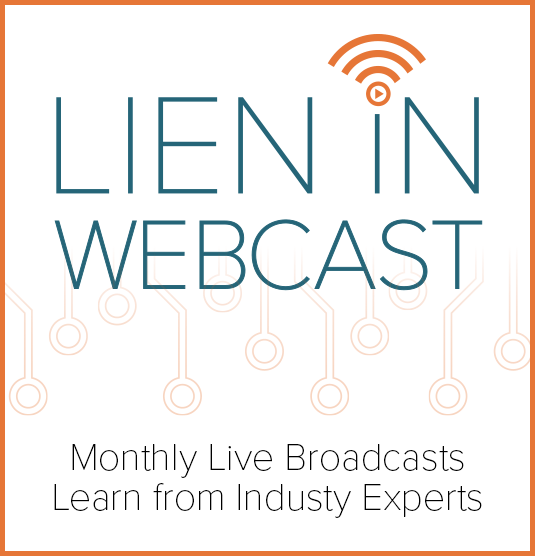Is your business omni-channel ready?
What is omni-channel all about? Omni-channel or multi-channel presentation and/or delivery are the various ways you can get your forms, documents and customer communications to your customers, partners, employees, and vendors. Providing omni-channel delivery gives the receiver the option to select how you communicate with them. With all of the possibilities mobile devices offer and the need to serve people from the Silent Generation to the Post Millennials generation, omni-channel delivery can get complicated. Millennials expect you to communicate with them their way. They also want you to give them the opportunity to make changes to their options without the need to communicate with another human. Today, they may want their information via the portal; tomorrow, they may want to have info sent to the portal and their phone. If you can’t meet these demands and delivery choices, you may lose their business. And as much as we hear about the paper less world, the Silent Generation and Baby Boomers are likely to ask you to print and mail the information to them. Why should you care? Most importantly, to please your customers! They want you to come to them where they want it and when they want it! And so do your partners and employees, by the way! Omni-Channel communication is the most customer-centric way to deliver critical documents and provides you an opportunity to include customer communications for branding, up-sell, cross sell, safety messaging, etc. It also helps save time and money. So now, let’s say you have generated your document, or customer communication – maybe an invoice, health history report or a monthly statement. How should it be delivered? One customer wants you to serve information to their smart device, another wants it mailed and yet another wants it saved in their portal. They also want you to send them a text message with the link so they can view, download and/or print whenever they want. Can you meet the personal needs of every customer? Yes! How can you get to be a fully functioning omni-channel organization? In order to provide this convenience and stay up to date with your industry, you need a system that knows how you want your documents presented/delivered. If you are like many companies, your business software and your forms generation software does not have the ability to provide omni-channel delivery. However, there are customer communication solutions that can provide omni-channel communications without changing your business software. Does your customer communication need to be delivered via one or more channels: FAX, print, portal, text message with links, browser in HTML, PDF, PDF/A, PDF/UA, PDF/A-3? Does your system know if a segment needs to be archived, while the rest doesn’t? Well, if you select an enterprise software solution like DocOrigin, you can present documents by omni-channel options such as on mobile devices, PC, text message, FAX, portal, or print and mail. You don’t have their delivery preference in your current data for their statements, order acknowledgements, invoices? No problem. DocOrigin can use web service calls, APIs or a database lookup to get the delivery preference at delivery time and make sure the information is delivered based on the most up-to-date customer preferences. If you want advanced presentation features, high performance and the same reliability that our Fortune 10 customers demand, give Eclipse or one of our partners a call now and see why companies like AT&T, GE, and Tyler Technologies selected DocOrigin.
Read More
